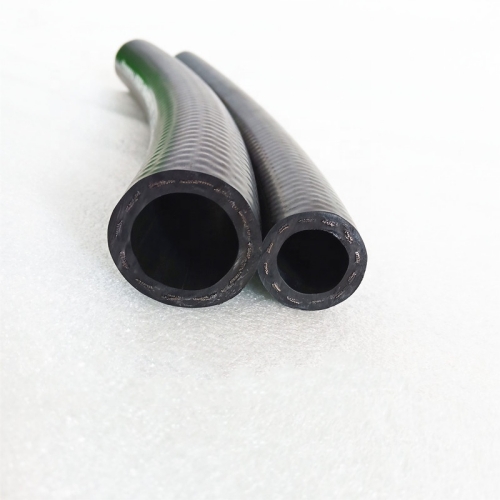335345435
Set . 23, 2024 23:06 Back to list
Essential Guide to Hydraulic Hose Fittings and Their Applications in Fluid Systems
Understanding Hydraulic Hose Fittings A Comprehensive Overview
Hydraulic hose fittings play a pivotal role in the integrity and functionality of hydraulic systems. These fittings are essential components that connect hoses, tubes, and pipes, ensuring that hydraulic fluids are transmitted efficiently and safely throughout a machine or system. Various industries, including construction, agriculture, manufacturing, and automotive, rely heavily on hydraulic systems, making the understanding of hydraulic hose fittings crucial for anyone involved in these sectors.
At their core, hydraulic hose fittings are designed to provide leak-proof connections under high-pressure conditions. The primary materials used to manufacture these fittings include steel, brass, and stainless steel, each selected for their strength and corrosion resistance. The choice of material often depends on the specific application and the environment in which the hydraulic system operates.
There are several types of hydraulic hose fittings, each with unique designs and functions
. The most common types include JIC (Joint Industrial Council) fittings, NPT (National Pipe Thread) fittings, and BSP (British Standard Pipe) fittings. JIC fittings are widely used due to their versatility and ability to create strong, leak-proof connections. NPT and BSP fittings, on the other hand, are primarily used for pipe threads and are popular in specific applications due to their tapered design that helps seal the joint under pressure.hydraulic hose fitting

One of the critical aspects to consider when selecting hydraulic hose fittings is compatibility. It is vital to ensure that the fittings match the hose and the hydraulic system specifications. This includes the correct size, thread type, and configuration. Mismatched fittings can lead to leaks, which can result in fluid loss and potential system failure, leading to costly downtime and repairs.
Installation of hydraulic hose fittings requires careful attention to detail. Proper tools are essential to ensure that the fittings are installed correctly without damage to the hose or the fitting itself. Common tools include wrenches, pliers, and hydraulic crimping machines, which are used to secure the fittings to the hoses and make sure they can withstand the high pressure of hydraulic systems.
Regular maintenance and inspection of hydraulic hose fittings are crucial for ensuring optimal performance. Over time, wear and tear can affect the integrity of the fittings, leading to potential leaks or failures. Routine checks for signs of deterioration, such as corrosion or cracks, can help in identifying issues before they lead to significant problems.
In conclusion, hydraulic hose fittings are vital components in the efficient functioning of hydraulic systems. Understanding their types, compatibility, installation, and maintenance is important for anyone involved in the design, operation, or maintenance of hydraulic systems. By ensuring that the right fittings are used and properly maintained, operators can enhance system reliability and performance, ultimately leading to increased productivity and reduced operational costs.
-
Discount Hydraulic Hose Factories | Top Quality & Discounts
NewsJul.20,2025
-
EN856 4SP Hydraulic Hose - High Pressure & Durable
NewsJul.20,2025
-
SAE 100 R17 Black Smooth Cover Hydraulic Hose
NewsMar.07,2025
-
SAE 100 R17 Black Smooth Cover Hydraulic Hose
NewsMar.07,2025
-
SAE 100 R17 Black Smooth Cover Hydraulic Hose
NewsMar.07,2025
-
SAE 100 R17 Black Smooth Cover Hydraulic Hose
NewsMar.07,2025



